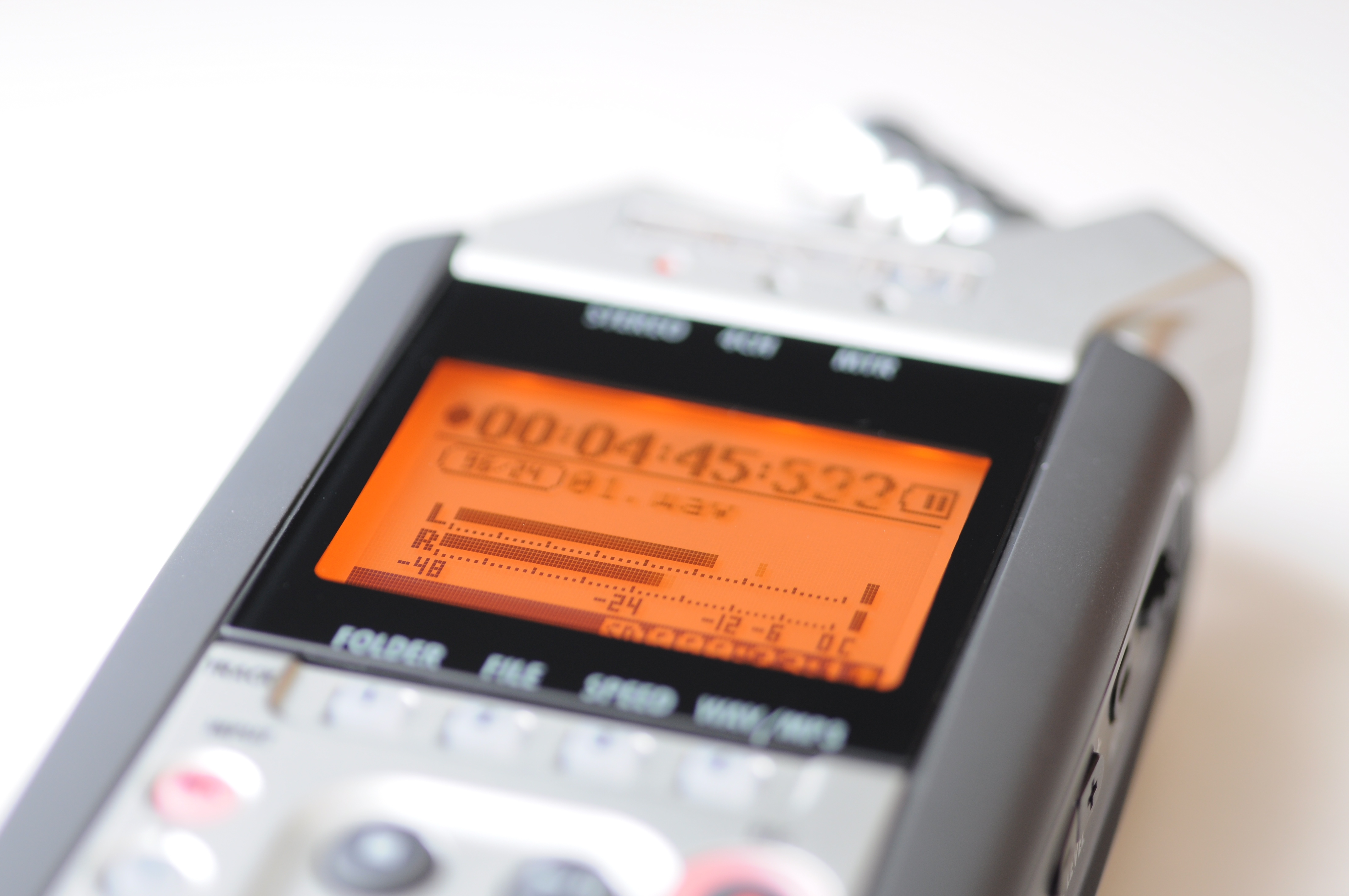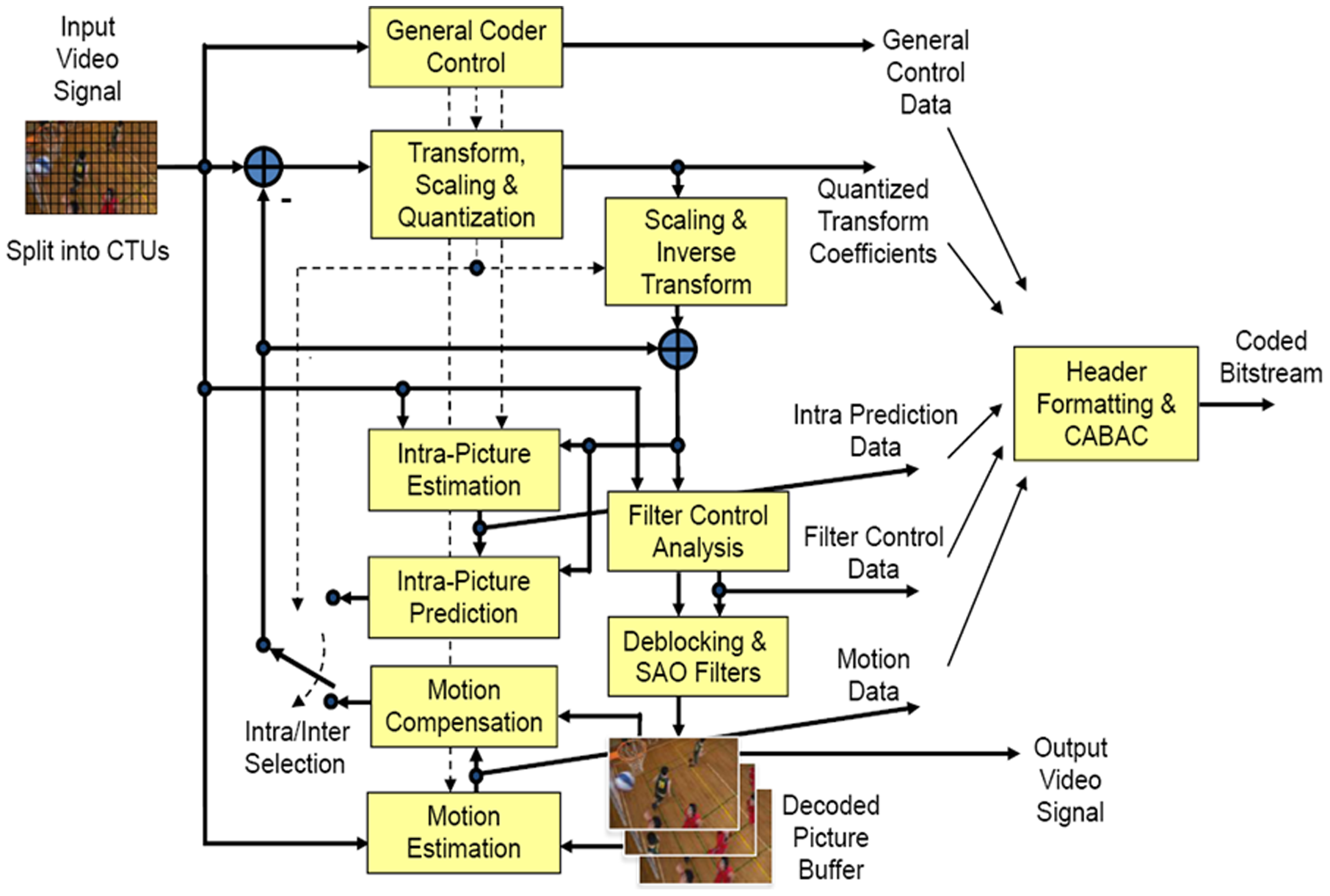|
Layered Coding
Layered coding is a type of data compression for digital video or digital audio where the result of compressing the source video data is not just one compressed data stream, as in other types of compression, but multiple streams, called ''layers'', allowing decompression even if some layers are missing. Overview With layered coding, multiple data streams or layers are created when compressing the original video stream. This is in contrast to other types of compression, where the result is typically a single data stream. During decompression, all layers can be combined to recreate the original video stream. Additionally, the stream can be decoded even if some layers are missing (though usually a layer hierarchy has to be respected, with a base layer that must available). If layers are missing, the resulting stream will have reduced visual quality, but will still be usable. Use cases Layered coding is helpful when the same video stream needs to be available in different qualitie ... [...More Info...] [...Related Items...] OR: [Wikipedia] [Google] [Baidu] |
Data Compression
In information theory, data compression, source coding, or bit-rate reduction is the process of encoding information using fewer bits than the original representation. Any particular compression is either lossy or lossless. Lossless compression reduces bits by identifying and eliminating statistical redundancy. No information is lost in lossless compression. Lossy compression reduces bits by removing unnecessary or less important information. Typically, a device that performs data compression is referred to as an encoder, and one that performs the reversal of the process (decompression) as a decoder. The process of reducing the size of a data file is often referred to as data compression. In the context of data transmission, it is called source coding: encoding is done at the source of the data before it is stored or transmitted. Source coding should not be confused with channel coding, for error detection and correction or line coding, the means for mapping data onto a sig ... [...More Info...] [...Related Items...] OR: [Wikipedia] [Google] [Baidu] |
Digital Video
Digital video is an electronic representation of moving visual images (video) in the form of encoded digital data. This is in contrast to analog video, which represents moving visual images in the form of analog signals. Digital video comprises a series of digital images displayed in rapid succession, usually at 24, 30, or 60 frames per second. Digital video has many advantages such as easy copying, multicasting, sharing and storage. Digital video was first introduced commercially in 1986 with the D1 (Sony), Sony D1 format, which recorded an uncompressed standard-definition component video signal in digital form. In addition to uncompressed formats, popular Data compression, compressed digital video formats today include H.264 and MPEG-4. Modern interconnect standards used for playback of digital video include HDMI, DisplayPort, Digital Visual Interface (DVI) and serial digital interface (SDI). Digital video can be copied and reproduced with no degradation in quality. In contra ... [...More Info...] [...Related Items...] OR: [Wikipedia] [Google] [Baidu] |
Digital Audio
Digital audio is a representation of sound recorded in, or converted into, digital signal (signal processing), digital form. In digital audio, the sound wave of the audio signal is typically encoded as numerical sampling (signal processing), samples in a continuous sequence. For example, in CD audio, samples are taken 44,100 Hertz, times per second, each with 16-bit audio bit depth, resolution. Digital audio is also the name for the entire technology of sound recording and reproduction using audio signals that have been encoded in digital form. Following significant advances in digital audio technology during the 1970s and 1980s, it gradually replaced comparison of analog and digital recording, analog audio technology in many areas of audio engineering, record production and telecommunications in the 1990s and 2000s. In a digital audio system, an analog signal, analog electrical signal representing the sound is converted with an analog-to-digital converter (ADC) into a digital ... [...More Info...] [...Related Items...] OR: [Wikipedia] [Google] [Baidu] |
Data Stream
In connection-oriented communication, a data stream is the transmission of a sequence of digitally encoded signals to convey information. Typically, the transmitted symbols are grouped into a series of packets. Data streaming has become ubiquitous. Anything transmitted over the Internet is transmitted as a data stream. Using a mobile phone to have a conversation transmits the sound as a data stream. Formal definition In a formal way, a data stream is any ordered pair ( s, \Delta ) where: # s is a sequence of tuples and # \Delta is a sequence of positive real time intervals. Content Data Stream contains different sets of data, that depend on the chosen data format. * Attributes – each attribute of the data stream represents a certain type of data, e.g. segment / data point ID, timestamp, geodata. * Timestamp attribute helps to identify when an event occurred. * Subject ID is an encoded-by-algorithm ID, that has been extracted out of a cookie. * Raw Data in ... [...More Info...] [...Related Items...] OR: [Wikipedia] [Google] [Baidu] |
Adaptive Bitrate Streaming
Adaptive bitrate streaming is a technique used in streaming multimedia over computer networks. While in the past most video or audio streaming technologies utilized streaming protocols such as RTP with RTSP, today's adaptive streaming technologies are based almost exclusively on HTTP, and are designed to work efficiently over large distributed HTTP networks. Adaptive bitrate streaming works by detecting a user's bandwidth and CPU capacity in real time, adjusting the quality of the media stream accordingly. It requires the use of an encoder which encodes a single source media (video or audio) at multiple bit rates. The player clientDASH at ITEC, VLC Plugin, DASHEncoder and Dataset by C. Mueller, S. Lederer, C. Timmerer switches between streaming the different encodings depending on available resourc ... [...More Info...] [...Related Items...] OR: [Wikipedia] [Google] [Baidu] |
Multiple Description Coding
Multiple description coding (MDC) in computing is a coding technique that fragments a single media stream into ''n'' substreams (''n'' ≥ 2) referred to as descriptions. The packets of each description are routed over multiple, (partially) disjoint paths. In order to decode the media stream, any description can be used, however, the quality improves with the number of descriptions received in parallel. The idea of MDC is to provide error resilience to media streams. Since an arbitrary subset of descriptions can be used to decode the original stream, network congestion or packet loss — which are common in best-effort networks such as the Internet — will not interrupt the stream but only cause a (temporary) loss of quality. The quality of a stream can be expected to be roughly proportional to data rate sustained by the receiver. MDC is a form of data partitioning, thus comparable to layered coding as it is used in MPEG-2 and MPEG-4. Yet, in contrast to MDC, layered c ... [...More Info...] [...Related Items...] OR: [Wikipedia] [Google] [Baidu] |
Scalable Video Coding
Scalable Video Coding (SVC) is a video compression standard developed jointly by the ITU-T and the ISO/IEC. The two organizations formed the ''Joint Video Team'' (JVT) to create the H.264/ MPEG-4 AVC standard (ITU-T Rec. H.264 , ISO/IEC 14496-10 AVC). SVC aims to provide adaptable or ''scalable'' content, allowing a single encoded video stream to be decoded at various bitrates, resolutions, and quality levels, thus catering to diverse devices and network conditions. History In October 2003, the '' Moving Picture Experts Group'' (MPEG) issued a ''Call for Proposals on SVC Technology''. Fourteen proposals were submitted, twelve of which utilized wavelet compression, while the remaining two were extensions of H.264/MPEG-4 AVC. The proposal from the Heinrich-Hertz-Institut (HHI) was selected by MPEG as the foundation for the SVC standardization project. In January 2005, MPEG and the Video Coding Experts Group (VCEG) agreed to finalize SVC as an amendment to the H.264/MPEG-4 A ... [...More Info...] [...Related Items...] OR: [Wikipedia] [Google] [Baidu] |
LCEVC
Low Complexity Enhancement Video Coding (LCEVC) is a International Organization for Standardization, ISO/International Electrotechnical Commission, IEC video coding standard developed by the Moving Picture Experts Group (MPEG) under the project name ''MPEG-5 Part 2 LCEVC''. Concept LCEVC specifies an enhancement layer which, when combined with a base video encoded with a separate codec, produces an enhanced video stream. The base layer is decodable by a hardware decoder, and the enhancement layer is suitable for software processing implementation with sustainable power consumption. The enhancement layer provides improved features to existing codecs, such as compression capability extension and lower encoding/decoding complexity, for live streaming or broadcasting applications. LCEVC leverages a base video codec (e.g., Advanced Video Coding, AVC, High Efficiency Video Coding, HEVC, VP9, AV1, Essential Video Coding, EVC or Versatile Video Coding, VVC) and employs an efficient low-c ... [...More Info...] [...Related Items...] OR: [Wikipedia] [Google] [Baidu] |
Bitrate Peeling
Bitrate peeling is a technique used in Ogg Vorbis audio encoded streams, wherein a stream can be encoded at one bitrate but can be served at that or any lower bitrate. The purpose is to provide access to the clip for people with slower Internet connections, and yet still allow people with faster connections to enjoy the higher quality content. The server automatically chooses which stream to deliver to the user, depending on user's connection speed. , Ogg Vorbis bitrate peeling existed only as a concept as there was not yet an encoder capable of producing peelable datastreamBounties - XiphWiki Difference from other technologies The difference between SureStream and bitrate peeling is that SureStream is limited to only a handful of pre-defined bitrates, with significant difference between them, and SureStream encoded files are big because they contain all of the bitrates used, while bitrate peeling uses much smaller steps to change the available bitrate and quality, and only ... [...More Info...] [...Related Items...] OR: [Wikipedia] [Google] [Baidu] |
Hierarchical Modulation
Hierarchical modulation, also called layered modulation, is one of the signal processing techniques for multiplexing and modulating multiple data streams into one single symbol stream, where base-layer symbols and enhancement-layer symbols are synchronously overlaid before transmission. Hierarchical modulation is particularly used to mitigate the cliff effect in digital television broadcast, particularly mobile TV, by providing a (lower quality) fallback signal in case of weak signals, allowing graceful degradation instead of complete signal loss. It has been widely proven and included in various standards, such as DVB-T, MediaFLO, UMB (Ultra Mobile Broadband, a new 3.5th generation mobile network standard developed by 3GPP2), and is under study for DVB-H. Hierarchical modulation is also taken as one of the practical implementations of superposition precoding, which can help achieve the maximum sum rate of broadcast channels. When hierarchical-modulated signals are tran ... [...More Info...] [...Related Items...] OR: [Wikipedia] [Google] [Baidu] |
High Efficiency Video Coding
High Efficiency Video Coding (HEVC), also known as H.265 and MPEG-H Part 2, is a video compression standard designed as part of the MPEG-H project as a successor to the widely used Advanced Video Coding (AVC, H.264, or MPEG-4 Part 10). In comparison to AVC, HEVC offers from 25% to 50% better data compression at the same level of video quality, or substantially improved video quality at the same bit rate. It supports resolutions up to 8192×4320, including 8K UHD, and unlike the primarily 8-bit AVC, HEVC's higher fidelity Main 10 profile has been incorporated into nearly all supporting hardware. While AVC uses the integer discrete cosine transform (DCT) with 4×4 and 8×8 block sizes, HEVC uses both integer DCT and discrete sine transform (DST) with varied block sizes between 4×4 and 32×32. The High Efficiency Image Format (HEIF) is based on HEVC. Concept In most ways, HEVC is an extension of the concepts in H.264/MPEG-4 AVC. Both work by comparing different parts of a fra ... [...More Info...] [...Related Items...] OR: [Wikipedia] [Google] [Baidu] |




